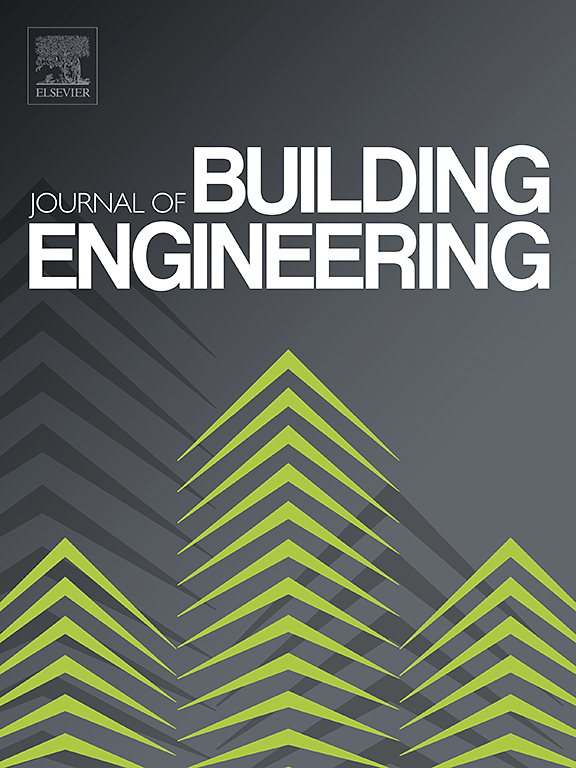基于微观结构的深度学习模型可准确预测混凝土的多种性能
IF 6.7
2区 工程技术
Q1 CONSTRUCTION & BUILDING TECHNOLOGY
引用次数: 0
摘要
由于现代混凝土配方的复杂性及其成分的非线性行为,使用经验模型预测混凝土的多种特性变得越来越具有挑战性。本研究介绍了一种将混合比例与混凝土微观结构信息相结合的顺序模型。该模型解决了小数据集的局限性以及混凝土原材料和生产过程中固有的可变性。我们构建了一个由混凝土混合比例、56,160 张扫描电子显微镜图像及其相应宏观属性组成的新型数据集,用于训练和验证。我们开发了一个整合了斯温变换器(Swin-T)和后向传播神经网络(BPNN)的序列模型,在预测抗压强度和渗透性方面取得了卓越的准确性。使用 SHAP 和 GradCAM 进行的综合评估揭示了水化产物在这些预测中的关键作用,强调了我们的方法具有更强的可解释性和有效性。这项工作提倡结合微观结构的见解来提高混凝土评估的可靠性和精确性。本文章由计算机程序翻译,如有差异,请以英文原文为准。
Microstructure-informed deep learning model for accurate prediction of multiple concrete properties
Predicting multiple properties of concrete using empirical models has become increasingly challenging due to the complexity of modern concrete formulations and the nonlinear behavior of their constituents. This study introduces a sequential model that integrates mix proportions with microstructural information of concrete. The model addresses the limitations of small datasets and the inherent variability in concrete's raw materials and production processes. A novel dataset comprising concrete mix proportions, 56,160 scanning electron microscope images, and their corresponding macroscopic properties was constructed for training and validation. We developed a sequential model integrating a Swin Transformer (Swin-T) with a Back Propagation Neural Network (BPNN), achieving superior accuracy in predicting compressive strength and permeability. Comprehensive evaluations using SHAP and GradCAM reveal the critical role of hydration products in these predictions, underscoring the enhanced interpretability and efficacy of our approach. This work advocates for the integration of microstructural insights to improve the reliability and precision of concrete assessments.
求助全文
通过发布文献求助,成功后即可免费获取论文全文。
去求助
来源期刊

Journal of building engineering
Engineering-Civil and Structural Engineering
CiteScore
10.00
自引率
12.50%
发文量
1901
审稿时长
35 days
期刊介绍:
The Journal of Building Engineering is an interdisciplinary journal that covers all aspects of science and technology concerned with the whole life cycle of the built environment; from the design phase through to construction, operation, performance, maintenance and its deterioration.
 求助内容:
求助内容: 应助结果提醒方式:
应助结果提醒方式:


